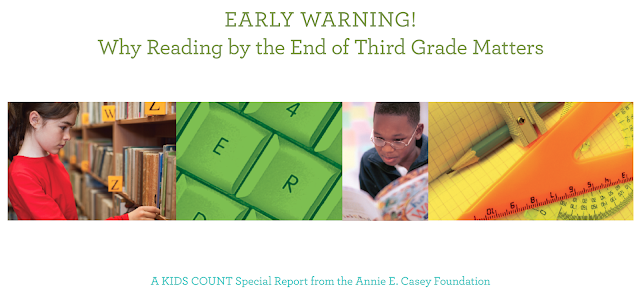"There's More to Reading than Meets the Eye"
I am sure a lot of people can read the posts in this blog. Almost everyone can decode the Latin alphabet. Understanding what each post in this blog says, however, is a different story. "There's More to Reading than Meets the Eye."
We have heard this goal: Every child a reader by the end of Grade 3. Grade 3 is about 8-10 years in age. It is also the same time that a child must have learned how to add and subtract. Philippine president Aquino is even more ambitious. He wants every child to be a reader by first grade. Reading and arithmetic are the very first steps in learning. These skills are in fact necessary for learning. Information and new knowledge is obtained via reading. The higher math skills are likewise dependent on the basic number operations. Failure or delay in acquiring these skills presents substantial challenges in the upper years of education. Remediation is not only loss of time, but also missed opportunities. With the current understanding of how the brain develops, paying attention to the early years is now even more important. Better Brains for Babies from the University of Georgia explains this quite well in the following excerpt:
We have heard this goal: Every child a reader by the end of Grade 3. Grade 3 is about 8-10 years in age. It is also the same time that a child must have learned how to add and subtract. Philippine president Aquino is even more ambitious. He wants every child to be a reader by first grade. Reading and arithmetic are the very first steps in learning. These skills are in fact necessary for learning. Information and new knowledge is obtained via reading. The higher math skills are likewise dependent on the basic number operations. Failure or delay in acquiring these skills presents substantial challenges in the upper years of education. Remediation is not only loss of time, but also missed opportunities. With the current understanding of how the brain develops, paying attention to the early years is now even more important. Better Brains for Babies from the University of Georgia explains this quite well in the following excerpt:
Pruning is a key process that shapes the brains of young children. Synaptic overproduction causes synapses to develop extremely rapidly. The pruning process refines these connections based on experience. Connections used regularly become stronger and more complex. Connections not used are considered non-essential, and the brain eventually prunes them away to increase efficiency.
As an example, an infant's brain has connections that allow her to hear sounds from all languages in the world. During the early years, the brain strengthens connections for sounds in the languages she hears regularly. Over time, the brain eliminates the connections for other sounds. This is why most adults have trouble distinguishing sounds that are not in our language.The time periods for brain development are not set in stone. The stages are likewise not abrupt. Thus, goals, such as "Every child a reader by grade 3", are best estimates, or in this particular case, a good limit.
Back in 2010, the Annie E. Casey Foundation published a report, Early Warning! Why Reading by the End of Third Grade Matters:
 |
| To read more, download Early Warning! Why Reading by the End of Third Grade Matters |
Why reading proficiently at the end of Grade 3 matters a lot:
- After Grade 3, students are now expected to read to learn. Children who cannot read at this point likewise suffers in science and math since textbooks and other printed learning materials on these subjects are incomprehensible.
- Reading proficiently at this grade level is strongly correlated with high school graduation rates, as well as earning potential, global competitiveness, and general productivity.
- A readiness gap exists right at school entry
- This gap starts at child birth, it correlates with birth weight and prenatal health
- This gap widens during the toddler years, again correlating with early health problems as well as lack of exposure to to early interactions that foster linguistic development.
- Poor development in social and emotional skills contributes to this gap.
- The gap widens during formal schooling since oftentimes students who need the most are given the least resources.
- Chronic absences from school exacerbate this gap.
- Children who are exposed to problems outside school interfere with these crucial years of learning.
 |
| Above captured from Early Warning! Why Reading by the End of Third Grade Matters |
 |
| Above captured from Early Warning! Why Reading by the End of Third Grade Matters |
Comments
Post a Comment